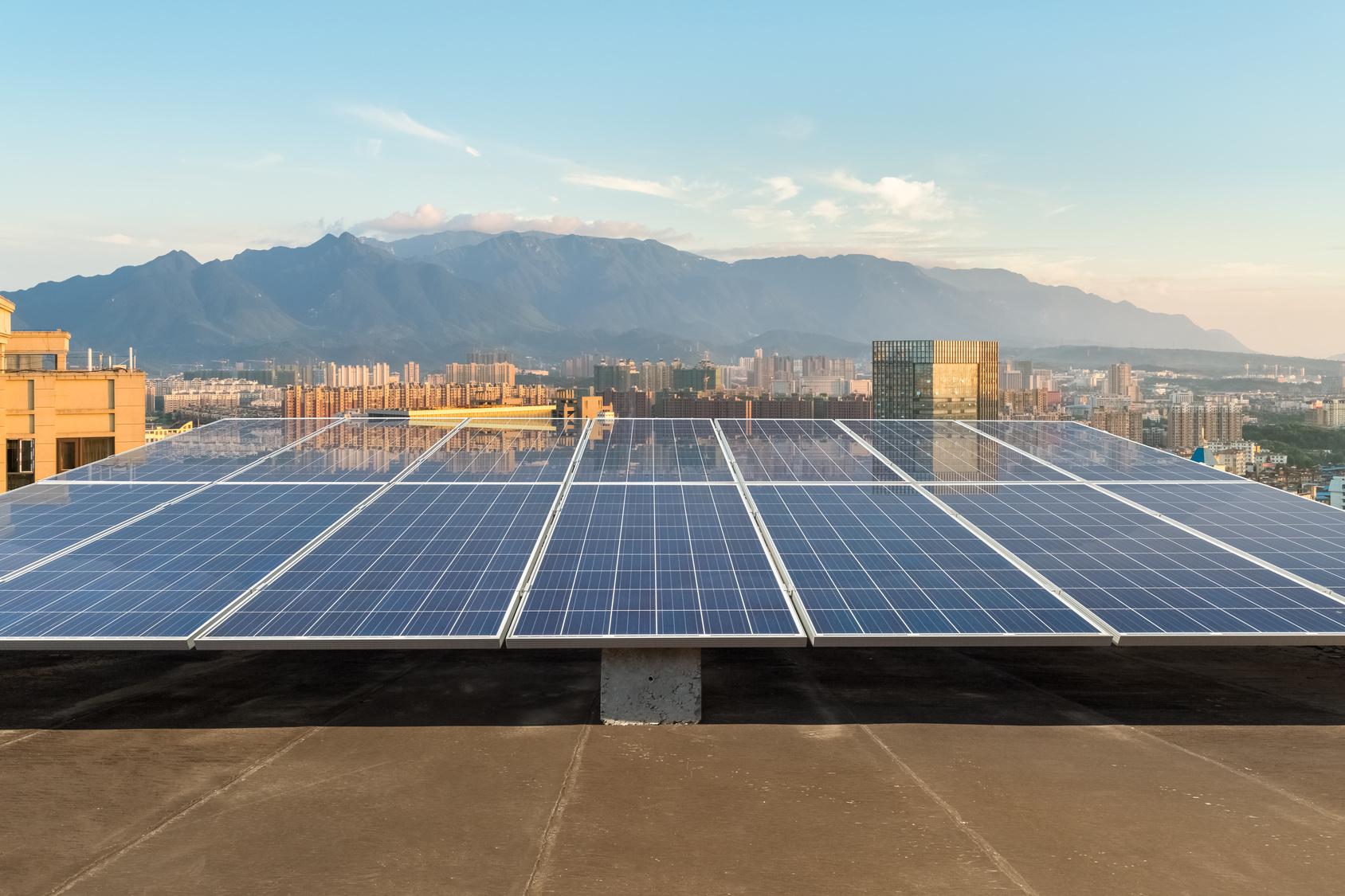As sustainable energy continues to grow at a rapid pace, will it overtake carbon energy?
The answer, according to the Panasonic Corporation of North America, lies in the adoption of disruptive technologies like energy storage.
In a study, part of the Panasonic Moving Forward research series, it’s clear that across all industries, renewable energy is a priority. In fact, out of the 10 leading disruptive technologies, renewable energy is one of the most highly adopted. Mobile devices, apps & commerce, the cloud and the Internet of Things (IoT) are close behind.
Panasonic also found that almost half of the companies in their study have already invested in renewable energy technologies — and almost three in five intend to do so soon.
The number one challenge that they see? Affordable materials.
Panasonic found that affordability will slow growth of green energy, at least in the short term
Energy Storage: A Transformative Technology
According to Panasonic, one technology that’s widely seen as an important contributor to the adoption of sustainable energy is energy storage. It’s playing a stronger role in Sustainable Energy growth than even government subsidies!
Among senior technology decision makers responsible for Sustainable Energy solutions, nearly three in five see affordable energy storage as “transformative.”
Why?
Solar and wind energy are currently time-sensitive assets. Most energy produced is either immediately consumed on-site or shared into the grid. By capturing excess energy at peak times, affordable storage can make energy available any time, regardless of when it was generated.
Decision makers recognize the potential of this technology and see “cost savings” as the best reason to invest in it — and Infinity Solar, Inc of Orange wholeheartedly agrees!
Net-zero and the Building & Construction Industry
According to the U.S. Energy Information Administration, about 40% of energy in the U.S. is consumed by residential and commercial buildings — and the majority of that is from carbon sources. Going green is an increasing priority in building & construction.
Historically, boosting green energy in this area has involved lower electricity costs and tax incentives– and a government regulation such as net-zero energy codes) Net-zero requires that buildings produce as much (renewable) energy on-site as they consume. California, for instance, has mandated that all residential buildings be net-zero by 2020 – and all commercial buildings by 2030.
While seven in 10 decision makers are interested in technologies that address net-zero, Panasonic found that fewer than one in five believe these technologies will be available in the next five years.
Partnering to Overcome Obstacles
For the building, construction, energy & utilities industries, Panasonic found that a shortage of skilled employees is the biggest challenge to adopting disruptive technologies. In response to this shortage, decision makers have expressed a need for partnership within industries to help integrate these technologies.
For their part, Panasonic stands ready with sustainable energy solutions to help companies move forward. For starters, they’re focused on solving the affordable energy storage challenge. With their billion-dollar investments in the Gigafactory, for example, they’re doubling worldwide production of lithium-ion batteries in a single facility.
As one of the few industry leaders with expertise across the spectrum of disruptive technologies, Panasonic is committed to work the full breadth of the sustainable energy market to partner with those that have new ideas or challenges to help them take full advantage of all the benefits.
Infinity Solar is a proud partner of Panasonic.
About the Panasonic Research
The above research was commissioned by Panasonic Corporation of North America and fielded in the U.S. and Canada. The survey included 200 CTOs and other senior technology decision makers in organizations with at least 200 employees.
